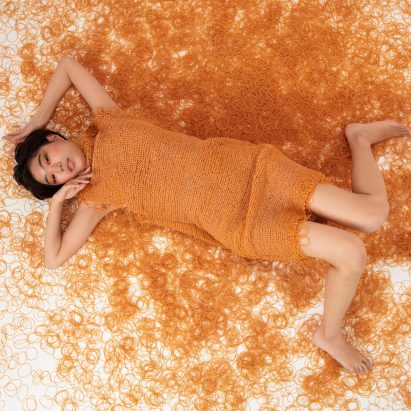
Rie Sakamoto knits rubber bands together like yarn for elastic garments
Japanese designer Rie Sakamoto replaced yarn with rubber bands for her knitted fashion collection, which aims to showcase this stationary item's overlooked qualities. More

Japanese designer Rie Sakamoto replaced yarn with rubber bands for her knitted fashion collection, which aims to showcase this stationary item's overlooked qualities. More
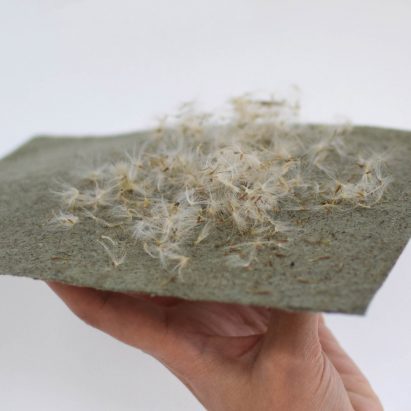
Students from the Royal College of Art have made fabrics from plants grown in seawater, providing a potential solution for the currently freshwater-intensive fashion and textile industries. More
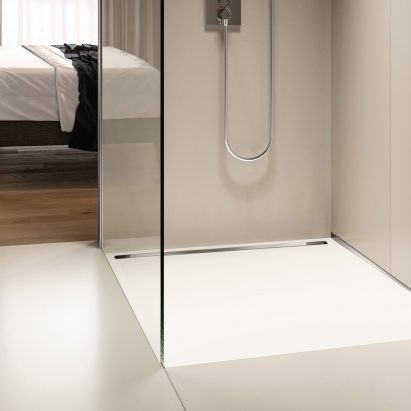
Dezeen promotion: German manufacturer Kaldewei has developed a patented version of steel enamel that prevents mildew and discolouration from latching onto bathroom surfaces. More
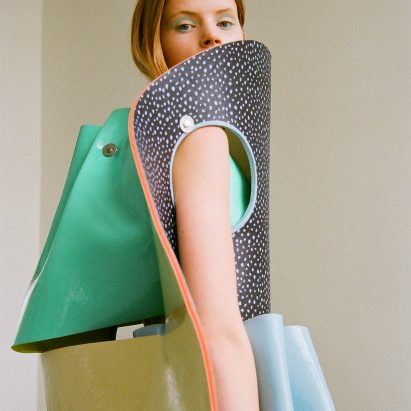
Since Harikrishnan's inflatable trousers blew up on the internet last week after first being featured on Dezeen, we've rounded up five latex projects – spanning fashion, accessories and installations – that use the material in surprising ways. More
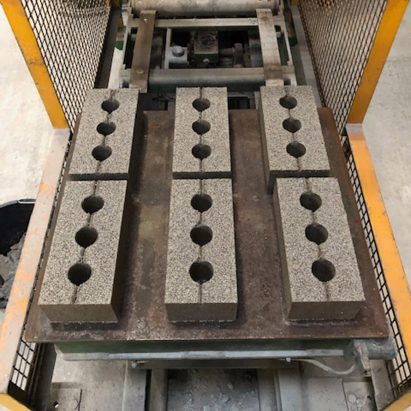
Scottish startup Kenoteq has launched the K-Briq – a more sustainable building brick that is unfired and made of 90 per cent construction waste. More
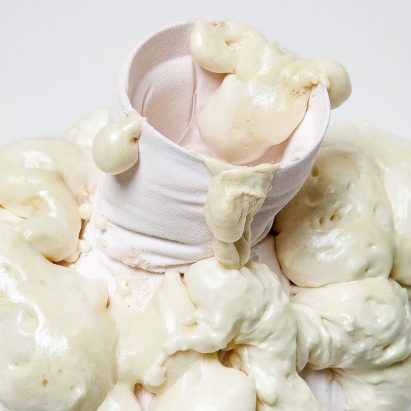
Stockholm-based designer Julia Olanders has used construction materials that are usually hidden in buildings to create a series of decorative vases for her Betweenness project. More

Architecture studio Generate and developer Placetailor have unveiled plans to build a carbon-neutral apartment block in Boston using a cross-laminated timber "kit of parts". More
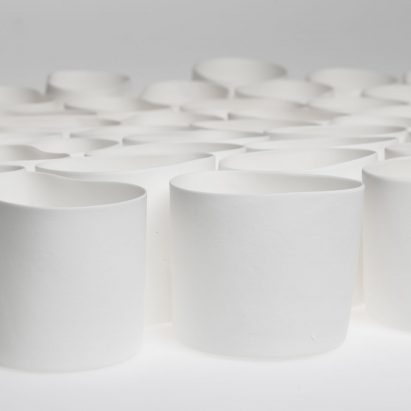
Ceramicist Gregg Moore has created crockery for the Blue Hill at Stone Barns restaurant outside New York, that is made from the bones of the very cows whose dairy and meat is served. More
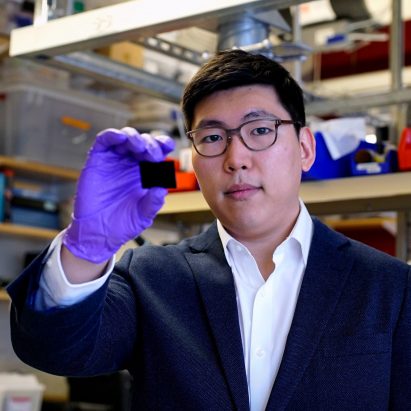
MIT engineers have found a new way to create aerospace-grade carbon-fibre composites using only one per cent of the energy of current methods, and none of the ovens and autoclaves. More

US clothing brand Pangaia has released a puffer coat, whose filling is made with flowers in a bid to offer a cruelty-free alternative to duck or goose down. More
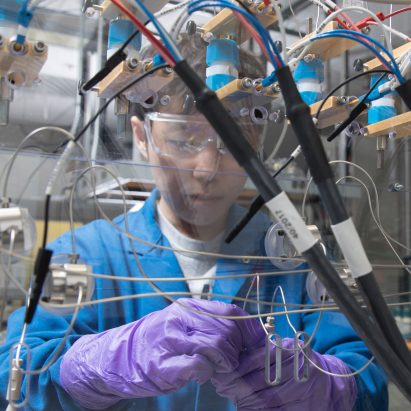
IBM has developed a new type of battery that's free of cobalt, nickel and other heavy metals, avoiding the environmental and humanitarian issues related to lithium-ion technology. More
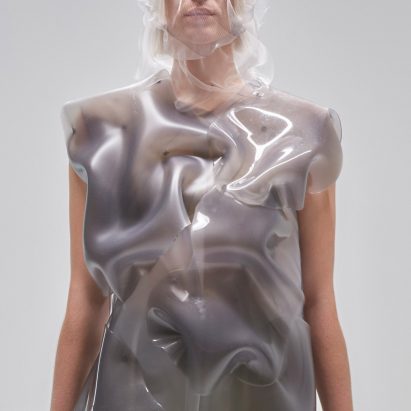
From lab-grown spider silk to cellulose, design and technology reporter Natashah Hitti continues our review of the year with 10 of the most interesting materials developed or used throughout 2019, with a particular focus on reuse. More
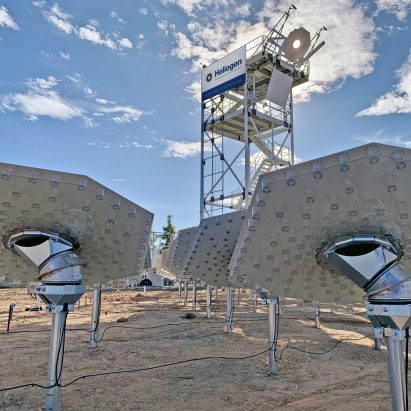
American company Heliogen has managed to concentrate solar energy to temperatures of more than 1000 degrees Celsius – hot enough to provide a fossil-fuel-free way to make concrete. More
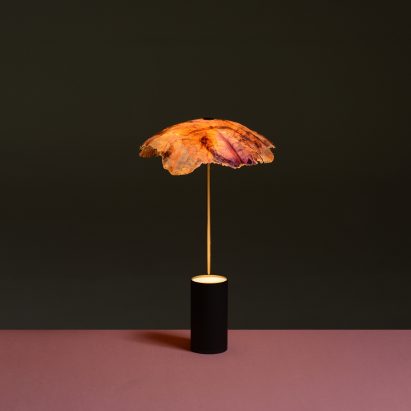
London-based studio Nir Meiri has teamed up with Indian designer Vaidehi Thakkar to create a series of lamps with shades made from red cabbage leaves. More
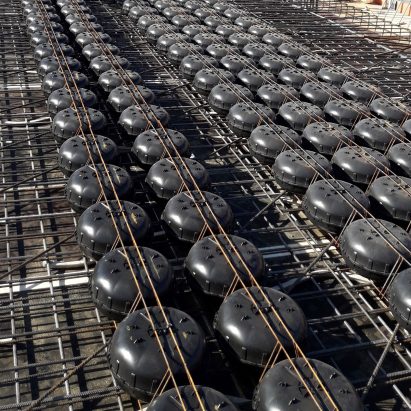
A German construction project has saved an estimated 136 tonnes of carbon dioxide from entering the atmosphere by incorporating air pockets made of recycled plastic within its concrete slabs. More

Dezeen promotion: Silicon Valley design-build firm Katerra has launched a brand called KOVA that offers "simple, timeless" building products and materials. More
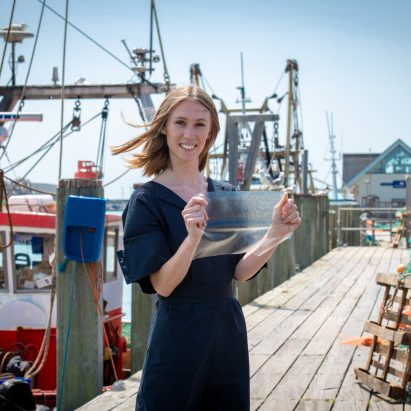
An easily biodegradable material that could be "part of a global answer" to single-use plastic pollution has won its inventor, British designer Lucy Hughes, the international James Dyson Award. More
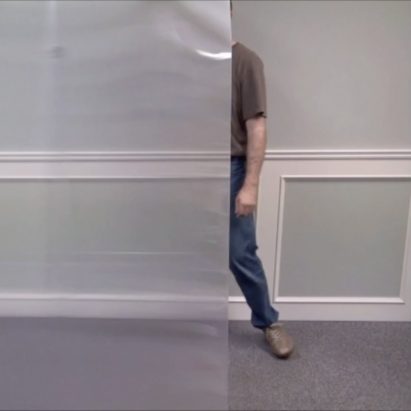
Canadian camouflage company Hyperstealth Biotechnology has patented the technology behind a material that bends light to make people and objects near invisible to the naked eye. More
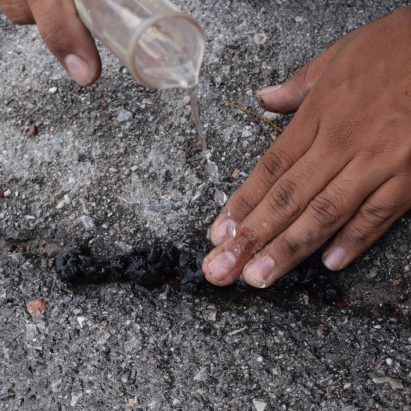
Rain would repair rather than damage roads if they were made of the tyre-based pavement invented by Israel Antonio Briseño Carmona, a Mexican student and winner of the nation's James Dyson Award. More

An exhibition exploring how makers are recycling and repurposing materials has opened at Make, a gallery dedicated to craft run by Hauser & Wirth in the Somerset town of Bruton. More